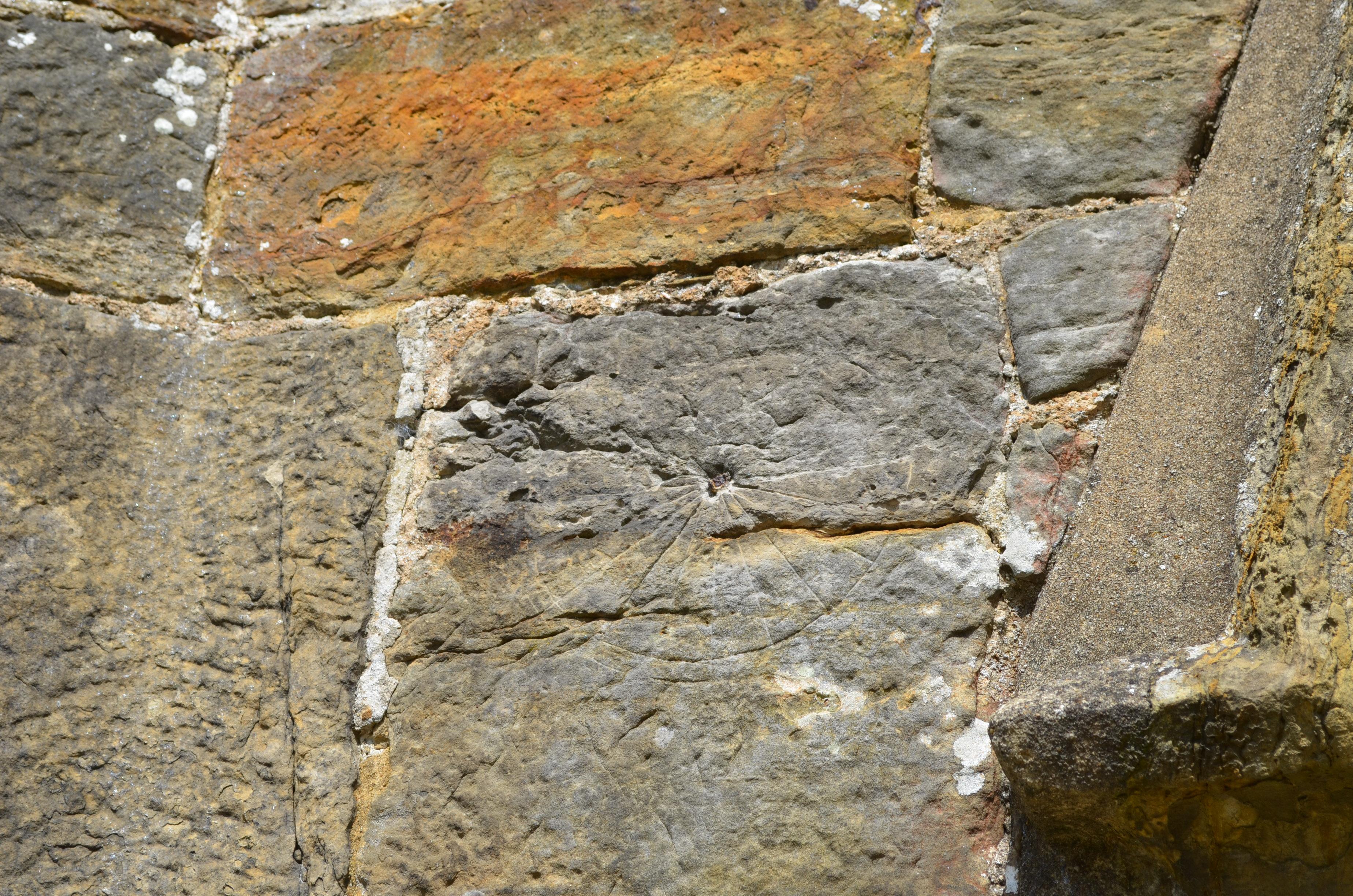St Mary
Ticehurst, Sussex
Records from the 12th century mention a church at Ticehurst, but the present building is thought to have been built by Sir William de Etchingham after completing nearby Etchingham church in the 1370s.

More than 30 cast iron memorials are set into the floor of this medieval church.
Wadhurst, Sussex
St Peter & St Paul has the largest collection of (31) iron grab slabs in the country. This remarkable collection is a vivid reminder of the importance of the iron industry in Wadhurst, originally established by the romans and one of the last places to produce traditional Sussex iron before the new technology of the Industrial Revolution took over.
The tomb slabs date from the 17th and 18th centuries. Several of them carry the name of the principal local family of ironmasters: Barham. John Barham, who died in 1723, and his wife Lucy, are commemorated by a large marble wall memorial in the chancel.
The churchyard incudes a medieval dole table and the south walls of the church host two scratch, tide, or mass dials.
With its Norman tower and its 13th century arcades, Wadhurst church had already taken its present form by the 14th century, when the shingled broach spire (now slightly crooked) was added to the tower. The 15th century south porch, with a priest's room (called a parvise) above, was the only major later addition.
Whilst visiting the church look for the Burne-Jones stained glass window at the west end of the south aisle.
Ticehurst, Sussex
Records from the 12th century mention a church at Ticehurst, but the present building is thought to have been built by Sir William de Etchingham after completing nearby Etchingham church in the 1370s.
Lamberhurst, Kent
There is evidence of a church on this site in Saxon times, consecrated on the 29th September 998, of which nothing now remains.
Rotherfield, Sussex
This historic hilltop village in the High Weald lies close to the source of the Rother, the Sussex river from which it takes its name.